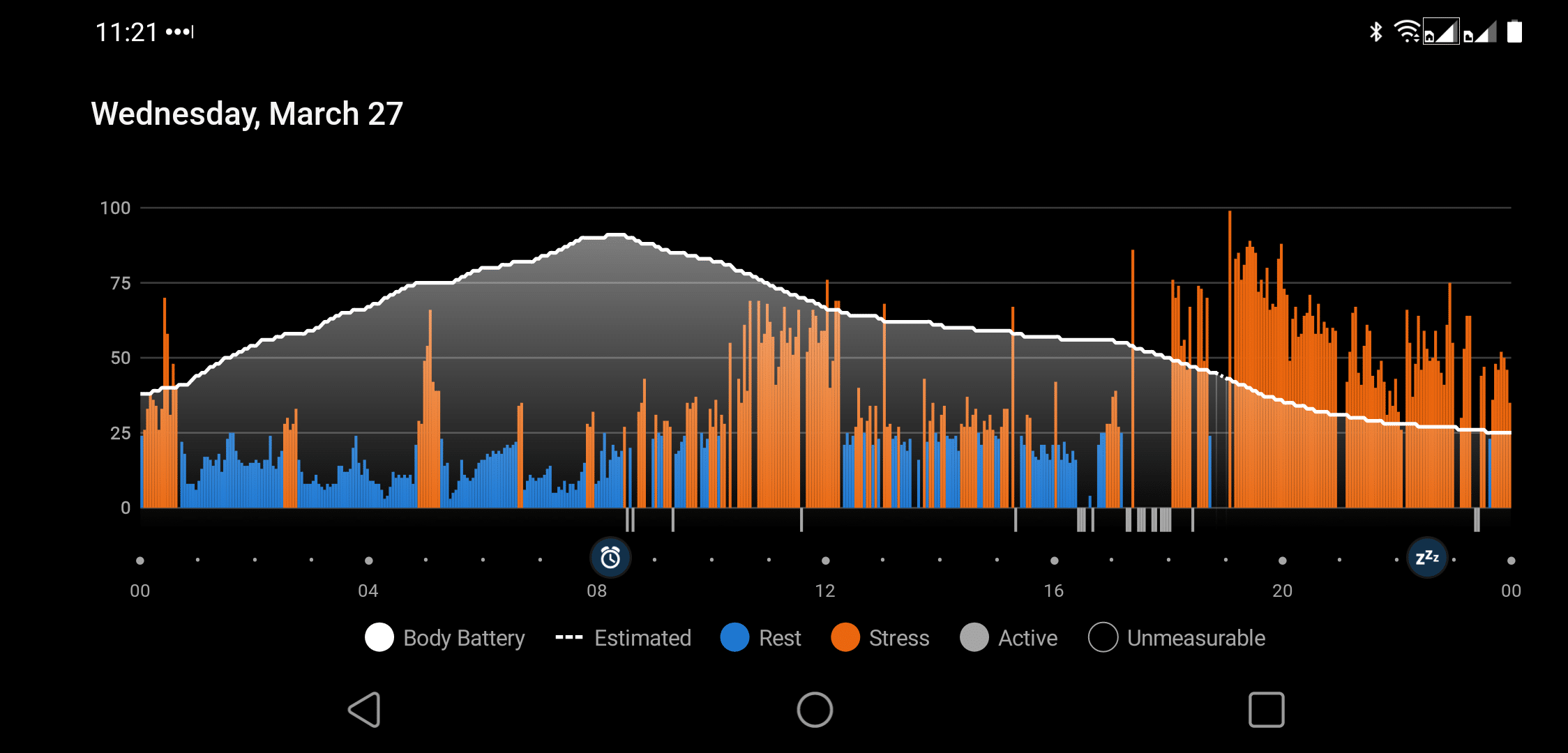The Perceived Stress Scale (PSS) is a pivotal stress management tool. It provides insight into individual stress perceptions for personal and research applications 1. Its design, which quantifies subjective stress levels, addresses the critical need for a reliable measure of experienced stress.
What is the Perceived Stress Scale (PSS)?
The Perceived Stress Scale (PSS) is a psychological tool developed to measure the degree to which situations in one’s life are appraised as stressful. It includes a questionnaire with items that respondents rate, leading to a score indicating overall perceived stress levels, which can guide personal stress management strategies.
This blog is part of a series on “stress assessments.” The next blog is about the Stress Overload Scale.
Key Insights on the Perceived Stress Scale
- Definition: The Perceived Stress Scale (PSS) is a psychological tool to measure perceived stress levels.
- Questionnaire Items: Available in 14-item, 10-item, and 4-item versions to suit different needs.
- Scoring Methods: Respondents rate items on a scale, leading to a score that reflects their stress level.
- Usage: Used in clinical settings and personal assessments to identify stress levels.
- Reliability and Validity: Psychometric evaluations ensure the scale’s accuracy in measuring perceived stress.
- Application: Helps identify needs for stress management interventions and measure the impact of stressors.
The Origin of Perceived Stress Scale
Sheldon Cohen and his team initially crafted the Perceived Stress Scale (PSS) as a beacon in the foggy realms of stress measurement. Originally developed in the early ’80s, it aimed to capture how individuals perceive and process stress rather than merely tallying up stress-inducing events. The creation of the PSS marked a pivotal moment in psychological assessment, shining a light on the subjective nature of stress.
Thanks to its robust psychometric properties, the PSS quickly became a widely used instrument in various research and clinical settings. With versions like the PSS-14, PSS-10, and even a PSS-4 for those in a hurry, it offers flexibility and depth in unraveling the complexities of the human stress response.
| Version | Number of Items | Focus Areas | Usage Context |
|---|---|---|---|
| PSS-14 | 14 | Wide range of stressors | Comprehensive stress analysis |
| PSS-10 | 10 | General stress perception | Most popular, balance of depth and brevity |
| PSS-4 | 4 | Quick stress assessment | Screening or brief surveys |
PSS Questionnaire Explained
Diving into the core of the Perceived Stress Scale is like unlocking a treasure chest of insights. Each question is carefully designed to measure the degree to which situations in one’s life are appraised as stressful. Whether it’s feeling out of control or overwhelmed by life’s demands, the questionnaire pinpoints the nuanced ways stress manifests personally.
The beauty of the PSS lies in its simplicity and directness. It provides a snapshot of their stress landscape by asking respondents to reflect on their feelings and thoughts over the past month. The 10-item version, or PSS-10, has become particularly popular for its balance between comprehensiveness and brevity.
Scoring and Interpretation Guidelines
Scoring the PSS might seem akin to alchemy at first glance, but it’s more grounded in science than mysticism. Each response is weighted, and the sum offers a numerical gauge of perceived stress levels. Higher scores indicate greater stress, a red flag for potential intervention or deeper analysis.
Interpretation of these scores hinges on understanding the context of each respondent’s life. It’s a dance between numbers and narratives, where the score and the story are vital. Psychologists and researchers wield these scores precisely, ensuring that the hazy mist of stress gets clearer for those they assist.
Reliability and Validity Insights
The pillars of reliability and validity hold up the Perceived Stress Scale as a trusted tool in the psychologist’s arsenal. Its psychometric analysis reveals a robust structure that accurately measures what it intends to—perceived stress. Validating the PSS through factor analysis and test-retest reliability checks has cemented its reputation.
Its standing in the scientific community is akin to that of a well-aged wine, improving and becoming more refined with time and research. As it undergoes continuous scrutiny under modern psychometrics, the scale’s relevance only deepens, ensuring its place in the pantheon of psychological assessment tools.
Personal Thoughts
In exploring the Perceived Stress Scale (PSS), I found a valuable tool that helped me more concretely grasp and quantify my stress levels. It’s fascinating how this scale offered me insights into the intricate dance between my professional pressures and personal adversities.
Utilizing the PSS, alongside a scientific and analytical approach, allowed me to identify effective stress management strategies that genuinely improved my quality of life. I hope sharing these insights can light a simpler path for others struggling with similar stressors.
Don’t want to take the test online? Then get the downloadable version.
Take the Perceived Stress Scale (PSS-10) Test here:
INSTRUCTIONS: For each question, choose from the following alternatives:
0 – never 1 – almost never 2 – sometimes 3 – fairly often 4 – very often
Leave your email below to receive the results in your inbox. I’ll also send you my free eBook Beyond Deep Breaths, which contains ten lesser-known but very effective stress-coping skills to get you started.
Frequently Asked Questions
How does the Perceived Stress Scale measure stress levels?
The Perceived Stress Scale (PSS) measures stress levels using a questionnaire format. Respondents evaluate items based on their feelings and thoughts during the last month. Scores from these responses indicate overall perceived stress levels, combining both positive and negative items to assess general stress perception.
What are the differences between the three versions of the PSS?
The PSS is available in three versions: the original 14-item scale, a shorter 10-item version, and a brief 4-item version. Each is designed to measure perceived stress but varies in length to accommodate different research needs and settings. All versions have demonstrated good internal consistency and psychometric properties.
How can the Perceived Stress Scale be used during the COVID-19 pandemic?
During the COVID-19 pandemic, the Perceived Stress Scale can be used to assess stress levels in individuals or communities affected by the pandemic’s uncertainty and challenges. It helps identify higher stress levels associated with the pandemic, aiding in developing targeted mental health and coping interventions.
Can the PSS predict health outcomes related to stress?
While the Perceived Stress Scale is not a predictive tool, studies have shown a correlation between high PSS scores and poorer health outcomes, including anxiety, depression, and lower health-related quality of life. Using the PSS to monitor stress levels can inform interventions that may positively affect health outcomes.





